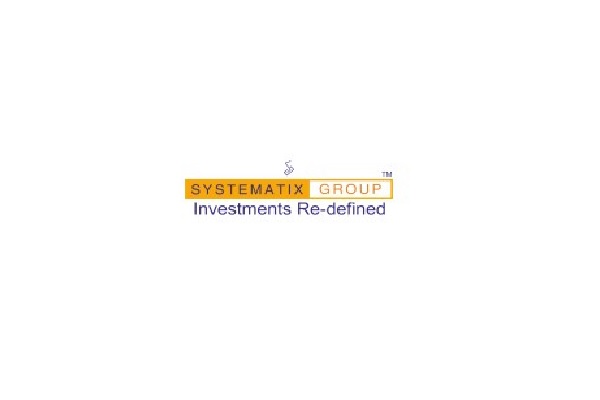The Power of Compound Interest: Turning Small Investments into Big Gains

Compound interest is one of the most powerful concepts in personal finance and investing. By reinvesting the earnings on your investments, you can exponentially grow your wealth over time. In simple terms, compound interest is the interest on both the initial principal and the accumulated interest from previous periods. This effect makes compound interest a key tool in wealth accumulation.
How Compound Interest Works
The process of compounding occurs when the earnings from an investment are reinvested, generating additional earnings. For example, if you invest $1,000 at an interest rate of 5% per year, after the first year, you will earn $50 in interest. In the second year, you will earn interest not only on the original $1,000 but also on the $50 interest from the first year, leading to an interest payment of $52.50. Over time, this snowball effect accelerates, as the interest grows on the growing total of your investment.
Here’s a breakdown:
Principal: The initial amount of money invested.
Interest Rate: The percentage at which the investment grows each period.
Compounding Period: The frequency with which interest is added to the account (e.g., annually, quarterly, or monthly).
Time: The length of time the money is invested, which plays a major role in the growth of your investment.
Why Compound Interest is So Powerful
Time Is Your Ally: The longer you let your money compound, the greater the impact. Even small contributions over several years can result in significant growth.
Earnings on Earnings: Compound interest rewards you not only for saving but for allowing your money to grow without being touched. Each year, your interest earns interest.
Higher Frequency of Compounding: The more frequently the interest is compounded, the faster your wealth grows. Monthly or daily compounding can substantially increase your returns compared to annual compounding.
Strategies to Leverage Compound Interest for Wealth Accumulation
Start Early: Time is the most crucial factor in harnessing the full power of compound interest. The earlier you start investing, the more time your money has to grow. Even small amounts invested early can yield large returns.
Regular Contributions: Regularly adding to your investments ensures you benefit from more compounding periods, leading to faster growth. Whether it’s monthly or quarterly, consistency is key.
Reinvest Earnings: Always reinvest the dividends, interest, or capital gains generated from your investments. This reinvestment accelerates your wealth accumulation process.
Diversify Investments: Compound interest works best in stable investments like stocks, bonds, mutual funds, and real estate. Diversifying across different asset classes can reduce risk while enhancing returns.
Automate Investments: Automating your investment contributions ensures that you remain consistent without being distracted by market fluctuations or personal commitments.
Final Thoughts
While compound interest works wonders for growing wealth, it requires patience and discipline. By starting early, making regular contributions, and allowing your investments to compound, you can achieve substantial financial growth over time. The key is to stay committed, as wealth accumulation through compound interest takes time but provides incredible long-term rewards.
The impact of compound interest, as illustrated by the increasing returns on an investment, shows that even small actions today can lead to big gains tomorrow.
























